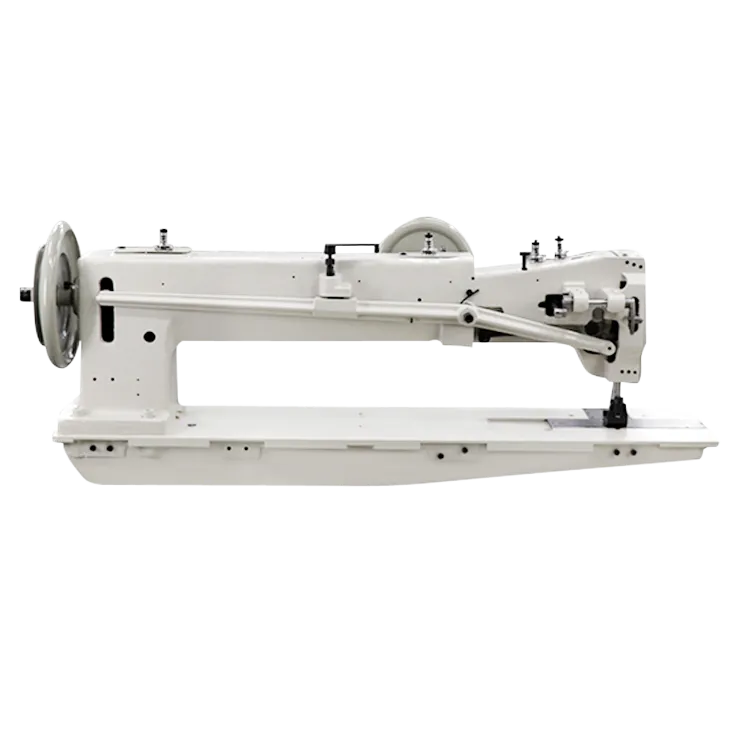Understanding the Function and Benefits of a Sewing Machine Overlocker
Understanding Overlock Sewing Machines
A sewing machine overlocker, commonly referred to as an overlocker, is a specialized type of sewing machine that enhances the sewing process by allowing for faster, more efficient stitching of fabric edges. This tool is essential for finishing raw edges to prevent fraying and ensure a polished look for garments and other fabric items. While traditional sewing machines primarily focus on straight and zigzag stitching, overlock machines are specifically designed to create overlock seams, which use multiple threads to encase the fabric edges securely.
What is an Overlocker?
An overlocker is equipped with multiple threads—typically 3, 4, or even 5 threads—which allows it to sew and trim fabric edges simultaneously. This feature is particularly useful for knit and woven fabrics, as it allows for a stretchable seam that can withstand the natural movement of the material. The cutting mechanism built into the machine trims away excess fabric while stitching the edges, resulting in a clean, professional finish.
Key Features of Overlock Machines
1. Multiple Threading Options Overlock machines can utilize different threading configurations depending on the project requirements. A 3-thread overlock is ideal for lightweight fabrics, while a 4-thread overlock provides extra strength for heavier materials.
2. Differential Feed One of the standout features of an overlocker is its differential feed system, which allows the presser foot to control the feeding of fabric differently at the front and back of the needle. This prevents fabrics from stretching out or puckering, making it a significant advantage when working with stretchy materials like knits.
what is a sewing machine overlocker

3. Speed and Efficiency Overlock machines are designed for high-speed stitching, which significantly reduces the time taken to complete sewing projects. This efficiency is particularly advantageous for frequent sewists and those working on bulk sewing projects.
4. Versatility Besides overlock seams, many overlock machines come with additional features that allow for rolled hems, flat-lock seams, and even pintucks. This versatility makes them an essential tool in the toolkit of any serious sewer, from hobbyists to professionals.
Uses of an Overlocker
Overlock machines are commonly used in garment construction to finish seams, hem garments, and create decorative edge finishes. They are especially crucial in industries that require mass production efficiency, such as fashion manufacturing. Additionally, they are indispensable for any project that involves knit fabrics, as they provide the stretch needed without compromising the integrity of the fabric.
Moreover, home sewists find overlock machines incredibly useful for crafting a wide array of items, including home décor, quilts, and accessories. The ability to achieve professional-looking finishes quickly makes them a game-changer for both beginners and seasoned sewers.
Conclusion
In conclusion, an overlock sewing machine is a valuable addition to any sewing setup. Its ability to overcast seams, prevent fraying, and accommodate various fabric types makes it an essential tool for those looking to enhance their sewing projects. Whether for professional garment construction or personal sewing endeavors, the efficiency and versatility of the overlocker are undeniable. As you embark on your sewing journey, investing in an overlock machine could very well elevate your projects to a new level of excellence, ensuring that your creations not only look good but also last longer.
-
Boost Production Efficiency with a Pattern Sewing MachineNewsAug.29,2025
-
Industrial Excellence with the Best Heavy Duty Sewing MachineNewsAug.29,2025
-
Precision and Power with the Best Pattern Sewing MachineNewsAug.29,2025
-
Reliable Bulk Packaging Starts With the Right FIBC Sewing MachineNewsAug.29,2025
-
Advanced Packaging Solutions: Elevate Productivity with Jumbo Bag Sewing Machine and Industrial Stitching EquipmentNewsAug.29,2025
-
High-Performance Solutions for Bulk Packaging: FIBC Sewing Machine and MoreNewsAug.29,2025
-
Maximize Efficiency with an Industrial Cylinder Arm Sewing MachineNewsAug.28,2025


























